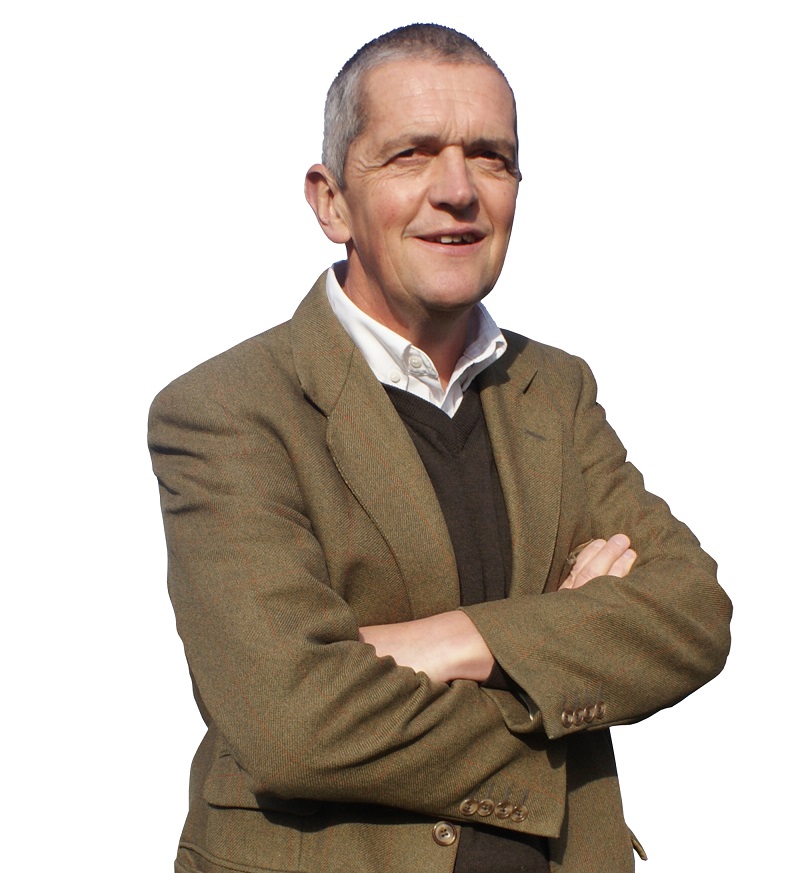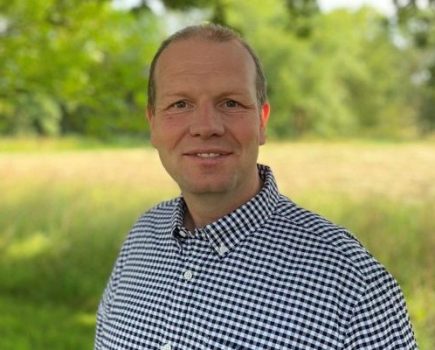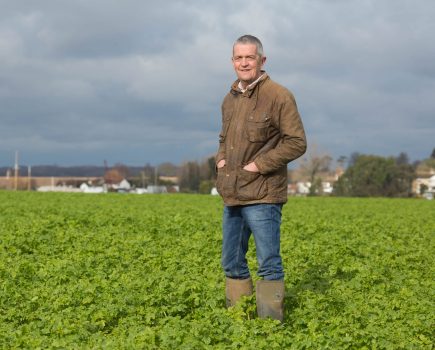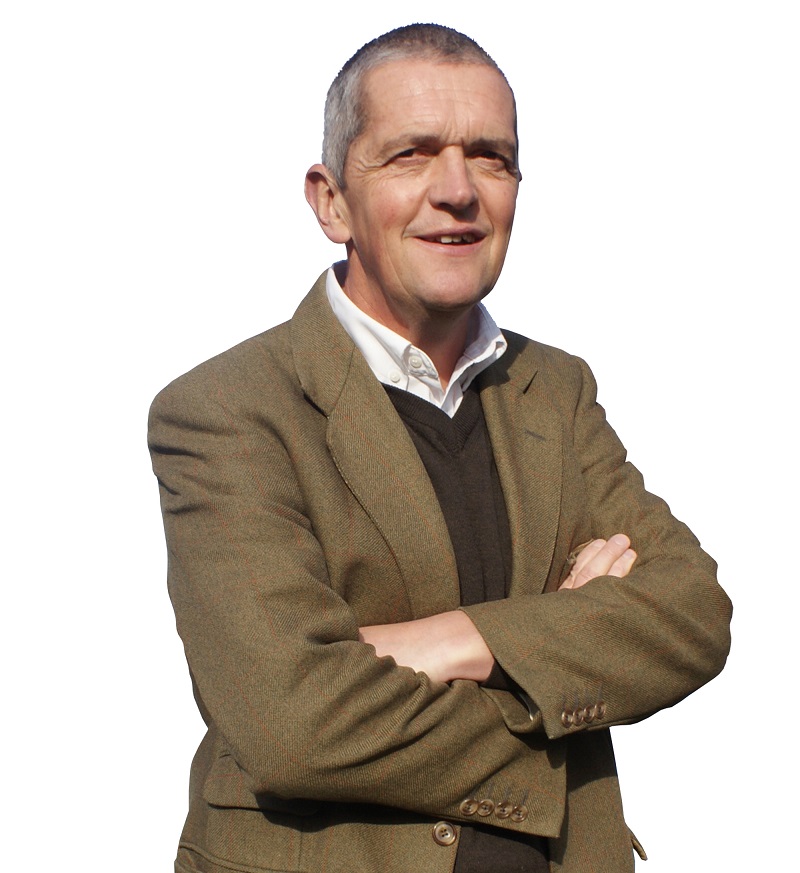 I’ll start with a dangerous confession for the pages of CPM. I’m only 75% of the arable farmer I used to be. Unfortunately, it’s not the waistline but rather it’s the cropped acres. I’m putting 73ha of land I’ve cropped every year of my farming life into a Countryside Stewardship scheme that will remain under low input grass for at least ten years.
I’ll start with a dangerous confession for the pages of CPM. I’m only 75% of the arable farmer I used to be. Unfortunately, it’s not the waistline but rather it’s the cropped acres. I’m putting 73ha of land I’ve cropped every year of my farming life into a Countryside Stewardship scheme that will remain under low input grass for at least ten years.
It’s a corner of the farm closest to the Colne estuary, surrounded by saltmarsh to its western and southern boundary but kept farmable by the sea defences that run around the field perimeters.
Taking it out of arable production was a big decision taken with some regret and a fair bit of doubt. Over the years, we’ve made good money out of that land with some cracking crops. We even won a national milling wheat competition off one of the 25ha fields in 1987 with a crop of Mercia that I still remember the pleasure of harvesting.
But we’ve also had some costly disasters. 2001 and 2012 come to mind with wheat crops puddled in and barely worth harvesting. Over the past five to ten years the land has increasingly suffered with blackgrass and a deteriorating drainage scheme put in during the 1960s when Dad, God bless him, decided to not bother with the stone back fill.
But it wouldn’t be right to criticise Dad here, particularly when he was brave enough to re-drain where I’m not. He took a leaf out of his grandfather’s book who in the 1870s initially drained and cropped the land during the prosperous era of Victorian high farming. Dad’s father, my grandfather turned it back to ‘dog and stick’ farming more or less abandoning the land in the interwar depression years, using it for rough summer grazing of cattle and sheep. Then Dad picked up his grandfather’s zeal to ‘improve’ and turned it back again to arable in the 1960s.
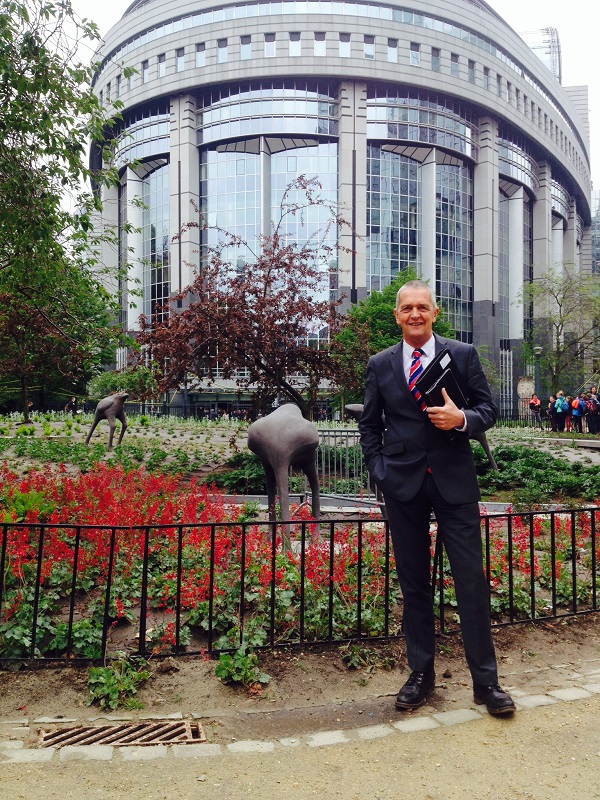
I was ‘booted and suited’ in Brussels the other day doing some lobbying on key crop production tools such as glyphosate which we are under real threat of losing. Outside the Parliament building there is a bit of sculpture depicting a flock of ostriches with their heads in the sand. I was struck by its aptness. I’ll miss that Belgian sense of humour.
So it now seems, fifty years later, the generational pendulum has swung again. In many ways, this can be seen as a microcosm of the history of agriculture in the UK generally.
I’m conscious here that in ten years’ time, when the arable reversion scheme comes to an end there will be another generation knocking on the door of this farm wanting to do things their way. By then we will, presumably, be firmly out of the EU and well into the realm of a new domestic agricultural policy. Will we have a government keen to encourage increased arable production to benefit our balance of payments or will it be more concerned with ‘ecosystem services’ that seems to favour grassed acres to arable ones on the understanding it’s better for the environment?
In my smug way, I like to think I’m keeping the options open for 2027 when the scheme ends. On the one hand by then it will be free of blackgrass and have more organic matter making it ripe for conversion back to wheat and barley (but not forgetting the need to re-drain). Then again it will also be 73ha of established pasture locking up carbon and providing habitat for those species that like wet, unproductive grassland. So which way will the generational pendulum swing then? If, by some miracle I’m still writing this column, I’ll let you know.

